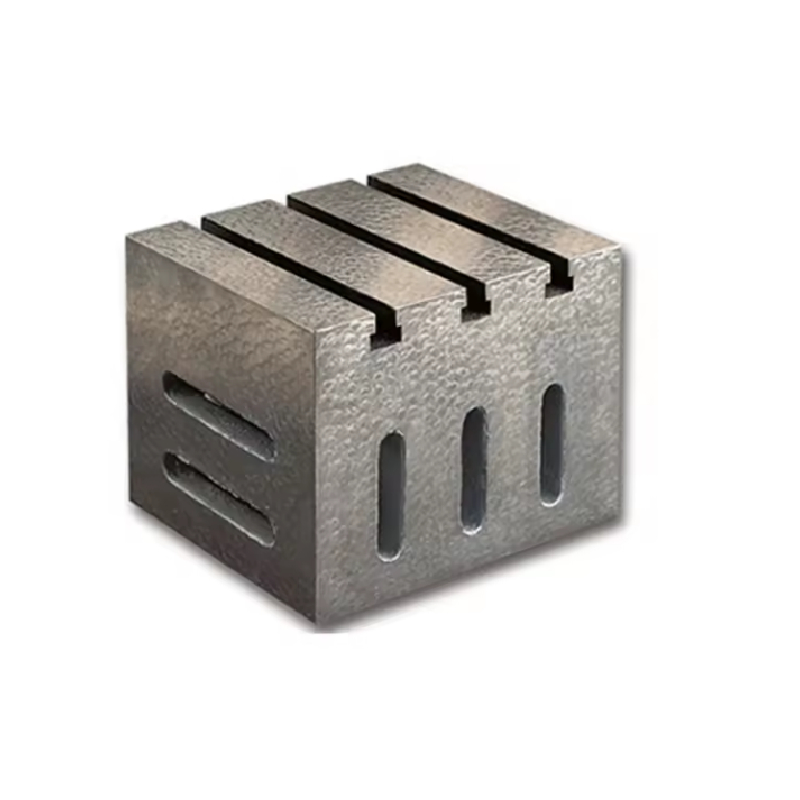Oct . 10, 2024 02:06 Back to list
Understanding the Importance of Vee Blocks in Engineering and Precision Machining
Understanding Engineering Vee Blocks Essential Tools for Precision Machining
Vee blocks are fundamental tools widely used in engineering and machining processes to support and align cylindrical workpieces, ensuring high precision during measurement and machining operations. The design of a Vee block features a V-shaped groove that can securely hold round objects, making it an invaluable asset in various industries including manufacturing, automotive, and metalworking.
Design and Functionality
Typically made from durable materials such as hardened steel or high-quality aluminum, Vee blocks are engineered to provide stability and accuracy. The V-shape allows for a secure grip on cylindrical items ranging from shafts and pipes to rods, making it easier to achieve precise alignment and measurements. Often, these blocks are used in conjunction with a surface plate or other measurement tools, enabling engineers and machinists to perform tasks such as inspecting diameters, straightness, and overall geometrical properties of cylindrical workpieces.
Applications in Machining
In machining operations, Vee blocks play a crucial role in setups for cutting, grinding, and various machining processes. By securing the workpiece effectively, they ensure that operations can be performed with great accuracy, ultimately reducing the risk of errors. The ability to quickly change the orientation of the workpiece also allows for increased efficiency. In many cases, machinists use Vee blocks to set up workpieces at various angles, aiding in processes that require complex geometries.
engineering vee blocks

Enhancing Measurement Accuracy
Vee blocks are not only beneficial in machining; they also enhance measurement accuracy in metrology applications. Engineers utilize them alongside calipers, micrometers, and other measuring instruments to achieve precise readings. By securely positioning a workpiece in a Vee block, the likelihood of measurement errors is minimized, facilitating the production of components that meet stringent quality standards.
Variations and Innovations
While traditional Vee blocks serve their purpose well, advancements in technology have led to variations that enhance functionality. Magnetic Vee blocks, for example, employ powerful magnets to hold ferrous workpieces in place, eliminating the need for clamps and further streamlining the setup process. Additionally, some modern Vee blocks come with adjustable features, allowing for versatility in positioning and securing workpieces of various sizes.
Conclusion
In summary, engineering Vee blocks are crucial tools in the world of precision machining and metrology. Their unique design facilitates the secure holding and accurate measurement of cylindrical workpieces, thereby enhancing productivity and precision in various engineering applications. As technology progresses, continuing innovations in Vee block designs will undoubtedly further improve their role in modern machining processes, underscoring their significance in the engineering domain.
-
Wear Resistance Strategies for Trapezoidal ThreadsNewsJun.26,2025
-
Selecting Thread Gauge Types for Aerospace Component InspectionsNewsJun.26,2025
-
Ring Gauge Influence on Cigar Aging Potential and Storage SolutionsNewsJun.26,2025
-
Pin Gauge Training Programs for Enhanced Dimensional Inspection SkillsNewsJun.26,2025
-
Custom Spline Ring Gauge Design for Unique Engineering NeedsNewsJun.26,2025
-
Cost-Effective Alternatives to Custom Threaded Ring GaugesNewsJun.26,2025
Related PRODUCTS









